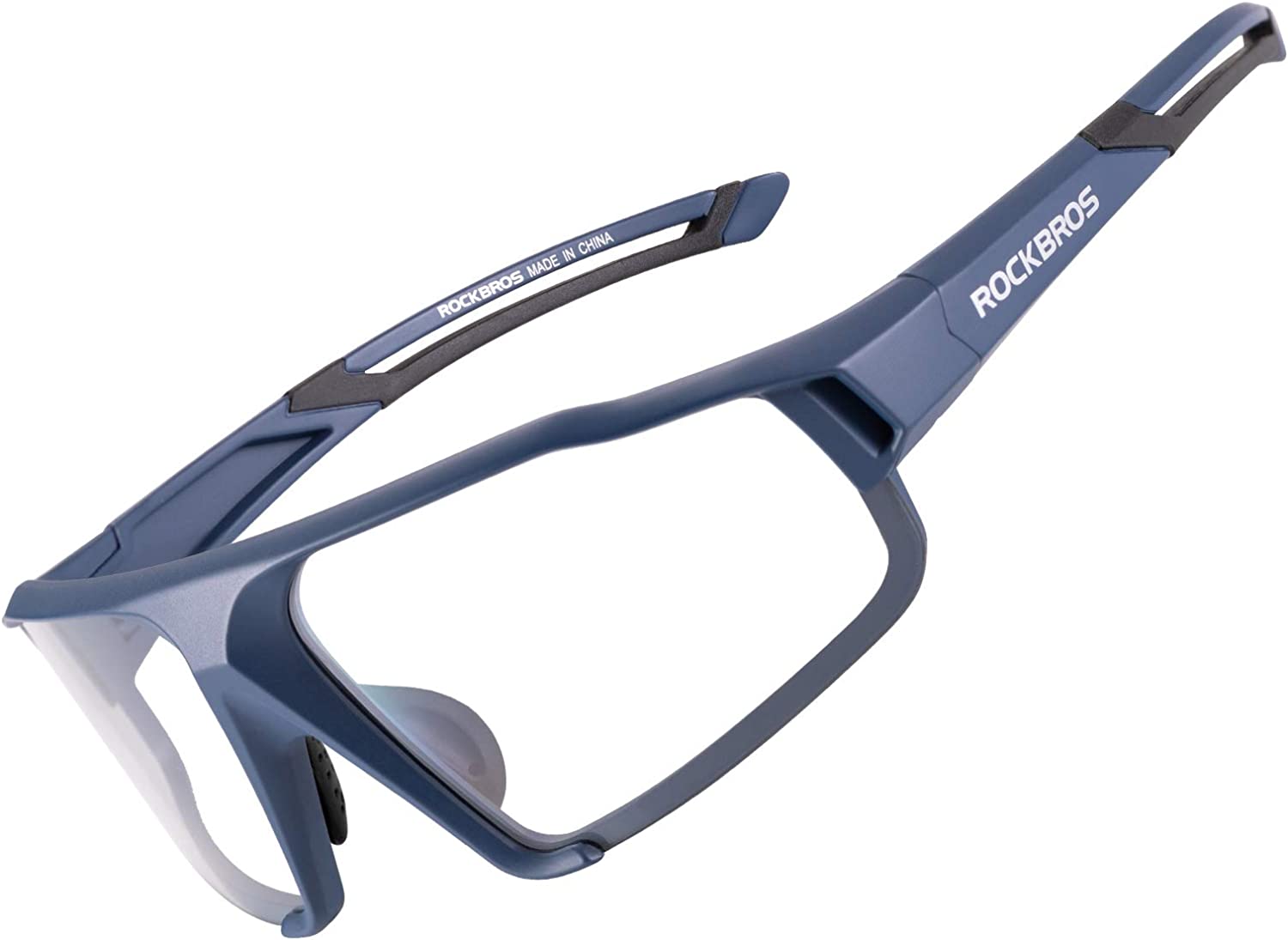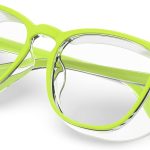Introduction
In the evolving landscape of personal protective equipment (PPE), photochromic safety glasses represent a significant innovation. They offer unique adaptability to changing light conditions, providing both safety and visual comfort. This article delves into their technology, benefits, and practical applications, highlighting their importance for professionals across various industries.
Understanding Photochromic Safety Glasses
The Science Behind Photochromism
Photochromic safety glasses incorporate special photochromic molecules. These molecules change structure when exposed to UV light, darkening the lens. Once the UV source is removed, the lenses return to their clear state.
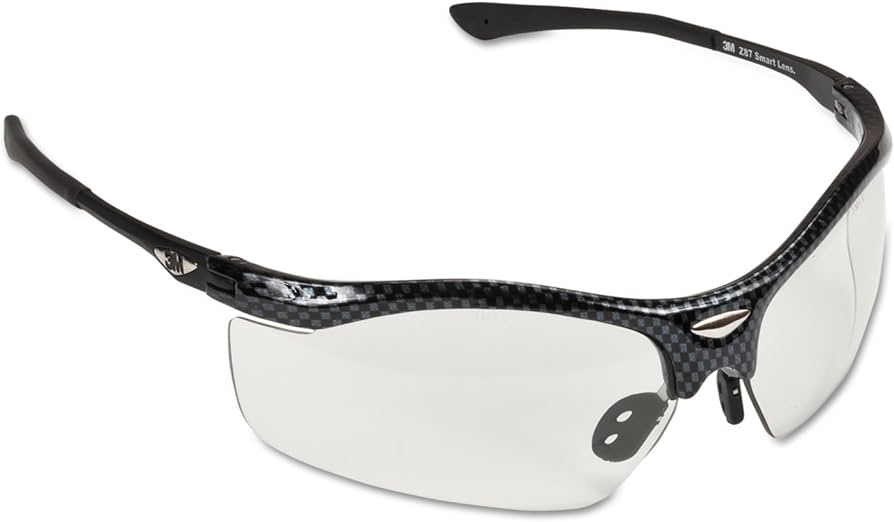
Advantages Over Traditional Safety Glasses
Unlike standard safety options, photochromic glasses adjust automatically to sunlight exposure. This feature reduces the need for swapping glasses in different light settings, enhancing both safety and convenience.
The Benefits of Photochromic Technology in Safety Glasses
Seamless Transition Between Environments
For professionals who move between indoors and outdoors, these glasses provide continuous protection. They eliminate the glare and transition smoothly as the wearer’s environment changes.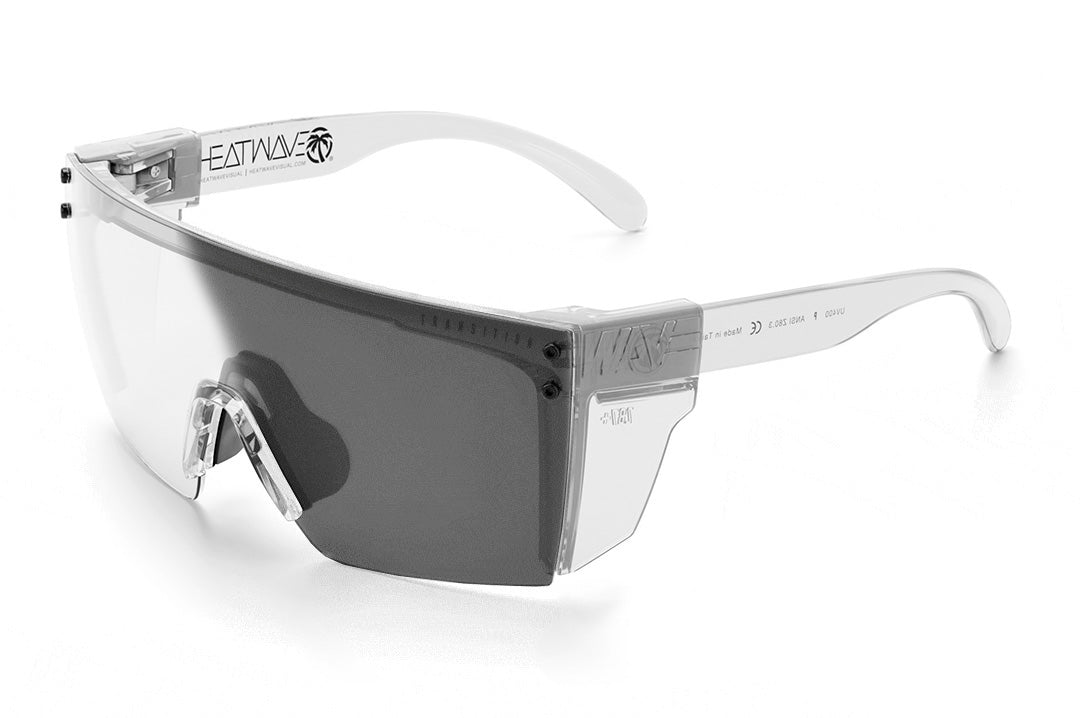
Enhanced Eye Protection
By adjusting to light, photochromic lenses shield the eyes from UV rays and reduce eye strain. This feature is crucial for long-term ocular health.
Improved Compliance and Convenience
The adaptability of photochromic glasses encourages consistent use among workers. It simplifies safety protocols, since one pair of glasses covers various light conditions.
Selecting the Right Photochromic Safety Glasses
Considerations for Lens Performance
It’s essential to examine how quickly the lenses transition and how dark they can get. Performance can vary, influencing their suitability for certain conditions.
Compatibility with Other Protective Equipment
Assess whether the glasses fit comfortably with hard hats, face shields, or hearing protection. Compatibility ensures comprehensive protection.
Understanding the Limitations
While highly versatile, photochromic lenses may not darken inside vehicles or around certain industrial filters. This is due to UV protection in windshields and windows.
Practical Applications in Industry
Use in Construction and Outdoor Professions
These glasses are invaluable for construction workers, landscapers, and anyone regularly transitioning between indoor and outdoor work.
Benefits for Laboratory and Industrial Settings
Even in predominantly indoor roles, exposure to UV light through windows can cause glare. Photochromic glasses offer a solution, fostering a more comfortable work environment.
In the bustling dynamics of modern workplaces, where safety and efficiency blend to form the bedrock of productivity, photochromic safety glasses emerge as a beacon of innovation. For professionals navigating the variable light conditions of both indoor and outdoor environments, these glasses offer not just protection, but also unparalleled visual comfort and convenience.
Enhanced Eye Protection: A Closer Look at UV Defense
A standout feature of photochromic safety glasses is their inherent ability to shield the eyes from harmful ultraviolet (UV) rays. Continuous exposure to UV light is a known risk factor for several eye conditions, including cataracts and macular degeneration. By automatically darkening in bright sunlight, photochromic lenses provide an adaptive barrier against these rays, dynamically adjusting to offer optimal protection as environmental conditions change. This level of defense is particularly beneficial for professionals who spend significant time outdoors, such as construction workers, landscapers, and surveyors, ensuring their eyes are safeguarded against the potentially harmful effects of prolonged UV exposure.
The Psychology of Safety: Encouraging Consistent Use
An often-overlooked advantage of photochromic safety glasses lies in the psychological realm. Safety compliance, particularly in PPE usage, is contingent not only upon the availability of protective gear but also on its adoption and consistent use by the workforce. Traditional safety glasses, while effective, can sometimes be seen as cumbersome or unnecessary for tasks perceived as low-risk or short-term. However, the convenience and adaptability of photochromic lenses significantly reduce these barriers to usage.
By offering a “set-and-forget” solution that adjusts to lighting conditions without requiring manual intervention, workers are more likely to keep their glasses on. This consistent use dramatically increases personal protection, translating into reduced eye-related injuries and enhanced overall safety culture within organizations. Moreover, the elimination of the need to switch between different pairs of glasses for indoor and outdoor tasks further streamlines work processes, subtly reinforcing the integration of safety practices into the daily workflow.
When opting for photochromic safety glasses, several key considerations come into play to ensure the selection meets the user’s needs. The speed at which the lenses transition between clear and tinted states is crucial. Faster transitioning lenses provide more immediate comfort and protection as users move between varied lighting environments. Similarly, the extent of darkening is vital for outdoor use; lenses that don’t darken sufficiently might fail to provide the desired level of comfort or protection in brightly lit conditions.
Furthermore, individuals intending to use photochromic glasses should test them in real-world conditions to assess performance. For instance, certain types of artificial lighting or specific environmental conditions might impact the effectiveness of the photochromic reaction. Understanding these nuances ensures that users are not caught off guard by lenses that do not perform as expected in particular settings.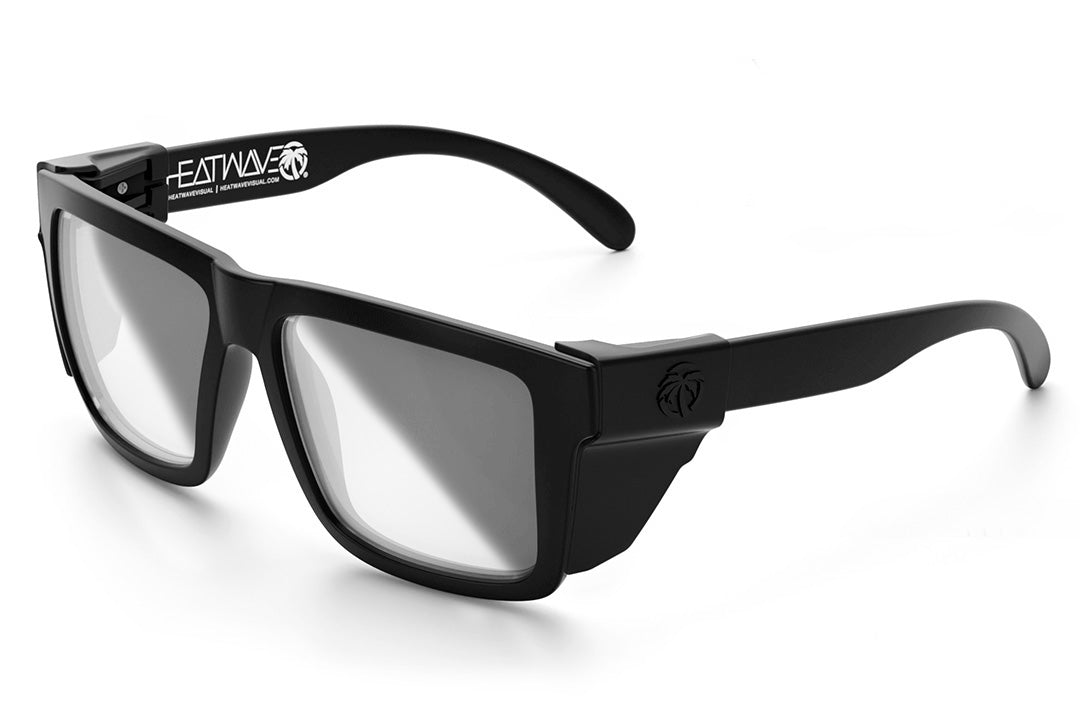
The Road Ahead: Innovations and Expectations
As the demand for adaptive and user-friendly safety solutions continues to grow, the future of photochromic safety glasses looks bright. Ongoing advancements in photochromic technology promise lenses with faster transition times, broader UV protection spectra, and even more durable coatings to resist scratching and fogging. Additionally, as wearable technology evolves, there’s potential for integrating smart features into photochromic safety glasses, such as heads-up displays for real-time data overlay, enhancing both safety and productivity.
Conclusion
Photochromic safety glasses encapsulate the evolution of workplace safety gear toward greater adaptability and user-centric design. They stand as a testament to the advances in material science and photonic research, offering unparalleled convenience and protection for a diverse range of professionals. As technology progresses, these dynamic tools will undoubtedly continue to set new standards for protective eyewear, reshaping expectations for safety and comfort in the workplace.
Photochromic safety glasses stand at the intersection of protection and adaptability, offering a glimpse into the future of personal protective equipment. As technology progresses, these glasses are set to revolutionize safety protocols across industries, fostering environments where eye protection seamlessly adapts to the dynamic needs of modern workers. Their ability to encourage consistent use, provide UV protection, and adapt to changing light conditions without compromising on safety or comfort makes them an invaluable tool in the pursuit of workplace safety and well-being.
